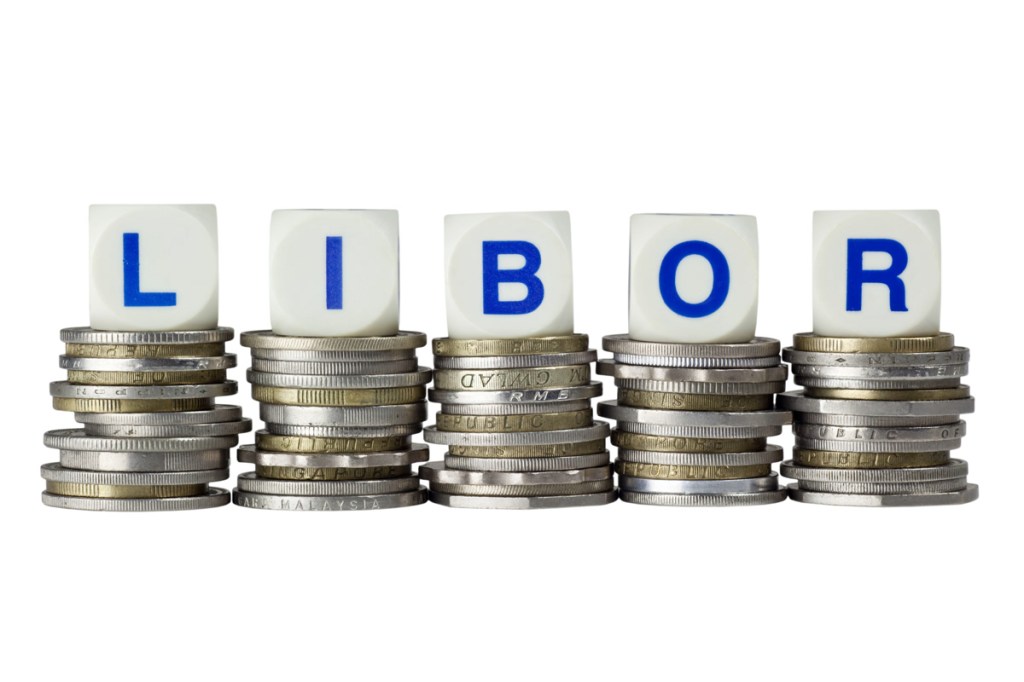The COVID-19 pandemic has slowed the transition from the London Interbank Offer Rate, or LIBOR, an interest-rate benchmark once known as the world’s most influential number.
Some loans and other instruments are still being written using LIBOR as an index for the interest rate, adding to the legacy stock of financial products that will have to be dealt with when benchmark expires at the end of 2021, according to a Tuesday report from Moody’s Investors Service. The pandemic has slowed efforts to transition to another benchmark, the report said.
“The global coronavirus crisis is only delaying solutions to LIBOR’s end,” the report said. “For many market participants, addressing liquidity needs has been a higher near-term priority than addressing their existing LIBOR exposures or launching non-LIBOR initiatives.”
LIBOR is being phased out about a decade after regulators discovered traders were manipulating the rate set by Britan’s biggest banks. Before details of the scandal were unveiled by investigative journalists, LIBOR was the most popular index for U.S. adjustable-rate mortgages.
LIBOR currently is used in the U.S. for about $267 trillion of derivatives and other securities, according to the International Monetary Fund. That’s 14 times the size of the U.S. annual gross domestic product.
“The continued reliance on LIBOR poses risks to financial stability, which can be fully addressed only through a timely transition to alternative risk-free reference rates,” the IMF said in an October report.
U.S. regulators have been working for years to replace the rate with another benchmark such as the Secured Overnight Financing Rate, or SOFR, which tracks the U.S. Treasury’s repo market where investors offer banks overnight loans backed by their bond assets.
The COVID-19 pandemic has done more than just slow those efforts, the Moody’s report said. Regulators such as the Federal Reserve have increased the nation’s reliance on LIBOR by using it as an index for emergency lending, the report said.
“Despite consistently pushing to drop LIBOR, officials across markets have used the benchmark in some coronavirus-spurred relief lending schemes,” the Moody’s report said.
“For instance, the U.S. Fed used LIBOR for its $600 billion Main Street Lending Program, citing feedback from potential participants that quickly implementing new systems to issue loans based on SOFR would require diverting resources from challenges related to the pandemic,” the report said.






